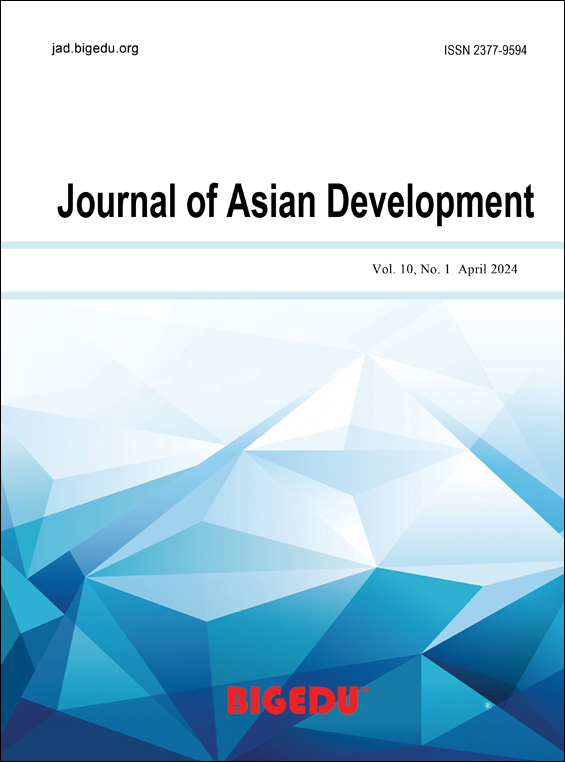The Relationship of Foreign Direct Investment and Unemployment Rate in the Philippines
DOI:
https://doi.org/10.52941/jad.v9i1.44Keywords:
Foreign direct investment, unemployment rateAbstract
Unemployment is widely recognized as a crucial indicator of the country’s labor market performance and is known to be one of the most important problems in developing countries. On the other hand, foreign direct investment is known to significantly impact the country’s economy as it directly creates additional jobs in the local economy and indirectly increases local spending because the new employees purchase products and services. This study was conducted to determine the relationship between foreign direct investment (inflows and outflows) and the unemployment rate in the Philippines and to present its trend from the period 1980 to 2019. Data on foreign direct investment and unemployment rate in the Philippines from 1980-2019 were sourced from International Labour Organization published by the World Bank. The Ordinary Least Squares (OLS) regression analysis was used to analyze and determine the relationship between foreign direct investment and the unemployment rate in the Philippines. Results revealed that the foreign direct investment outflows variable significantly affects the unemployment rate, with p-values lower than the 5% significance level. Thus, this paper offers decision-makers and policy-makers ample information to make informed decisions about the foreign direct investment and unemployment rate in the Philippines.
Downloads
Published
How to Cite
Issue
Section
License
Copyright (c) 2023 Jesson Rey F. Sabado, Kate Andrea Millan, Donnabel M. Asoy

This work is licensed under a Creative Commons Attribution-NonCommercial 4.0 International License.
Copyrights of all articles published in Bigedu Foundation are retained by the authors, with first publication rights granted to the journal. The journal/publisher is not responsible for subsequent uses of the work.
All articles are published under the Creative Commons Attribution (CC-BY) license.
Authors have the rights to reuse, republish, archive, and distribute their own articles after publication, and undertake to permit others to distribute, remix, adapt, and build upon this work non-commercially provided the original work is properly cited. The full guidance that applies to the CC-BY license can be found at http://creativecommons.org/licenses/by/4.0/







